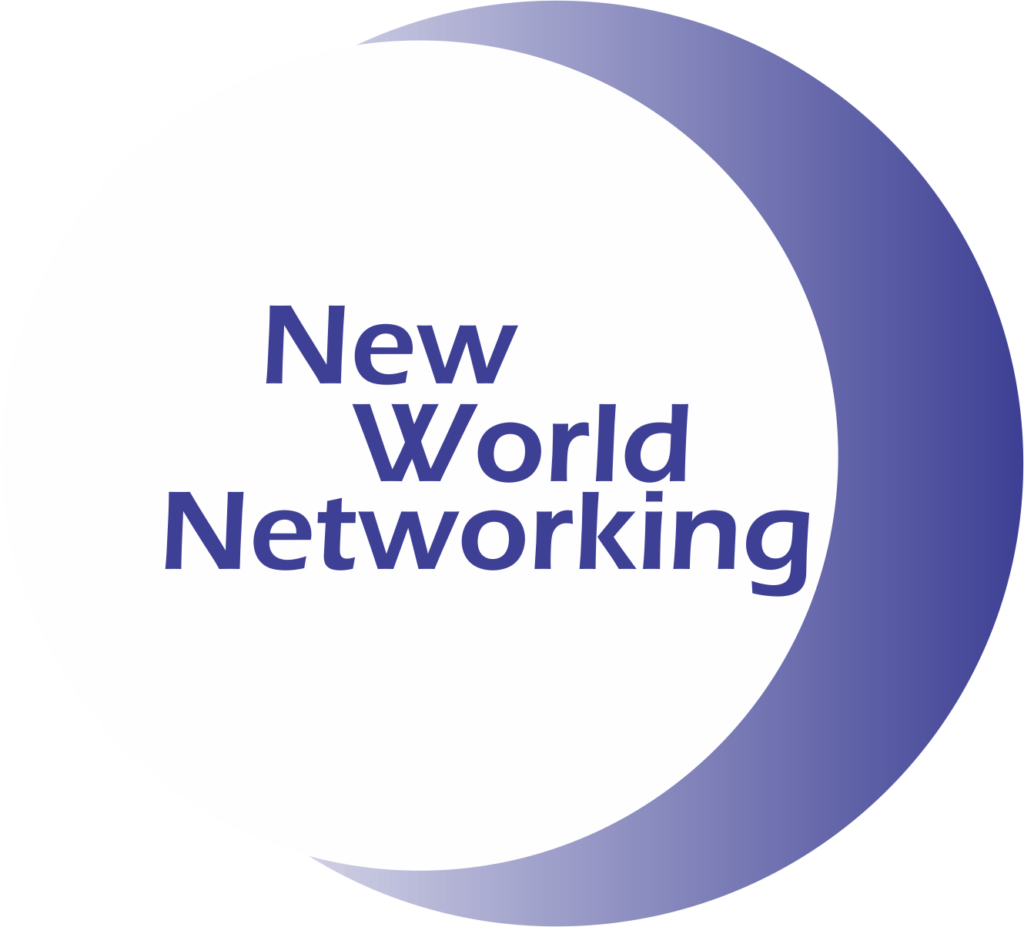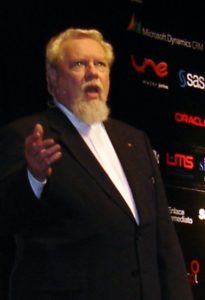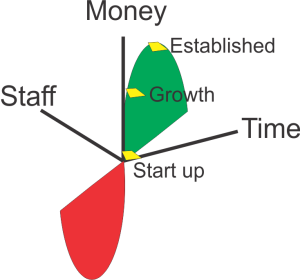Connecting
There is a point in time when your product is not a known quantity. People may not have an idea what it is and what it does. They need a way to wrap their mind around it. They need something familiar to connect to the strange. Here are some examples:
- Horseless carriage
- Digital camera
- Flat Screen TV
- Big box store
- Electric car
- Selfie stick
- Virtual reality
That is the way to get hordes of people to comprehend what you offer. Those descriptions came from multiple directions. “Horseless Carriage” was first heard on the streets as the first automobiles were introduced. The” Digital Camera” dates back to the 1950s and is a spin-off of video camera design! The electric car was “invented” by multiple people starting in 1828. Today’s versions tend to be “hybrids” a combination of gas and electric but if fueling and range can be corrected an “all-electric” could be the coming thing.
This just in (sort of)
More recent additions to the above list might be:
- Self-driving car.
- Rollerblades
- 3-D Printer
In every case, the familiar is combined with the strange to forge connections in our minds. Without such verbal equations we don’t have a shorthand term for the unknown product or service. We don’t have a way to remember an offering.
It is all timing
There is a time in your life and that of the product or service you market that it needs to be strangely familiar and cited as “The.” The Selfie Stick, The rollerblades. The snowboard. If you’re lucky that yields a brand. Later on you may have to add another word in order to protect your panache. Then you become “The original” as in The Original Pancake house, The Original denim jacket and The Original Networking Ninja .
Factoring the familiar
Sometimes you need to add a little strange to make the familiar more powerful. That’s where Instant Brand and 30-Second Marketing come into play. Memorability can be added to anyone’s response to the question, “What do you do?”
Over the years I’ve used these responses:
- Marketing Rainmaker (my original consulting title)
- Networking Ninja (I’ve been speaking under that sobriquet and owned the URL since 1990)
- Brand Poobah has been one of my titles for the last couple years as people kept asking me to help them with their Brand
Marketing, Networking and Brand are descriptive but not words that will tickle your little grey cells. Rainmaker says I can change your marketing and your life. Networking Ninja has a marvelous consonance and infuses expertise. Brand Poobah says expert but with a bit of tongue in cheek fun. All three are much more unforgettable than they were before the strange was added.
Want to make yourself “Strangely Familiar?”
Call me. 503 957-7901
 Jerry Fletcher is a sought-after International Speaker, a beBee ambassador, founder and Grand Poobah of www.BrandBrainTrust.com
Jerry Fletcher is a sought-after International Speaker, a beBee ambassador, founder and Grand Poobah of www.BrandBrainTrust.com
His consulting practice, founded in 1990, is known for Trust-based Brand development, Positioning and business development for independent professionals on and off-line.
Consulting: www.JerryFletcher.com
Speaking: www.NetworkingNinja.com















